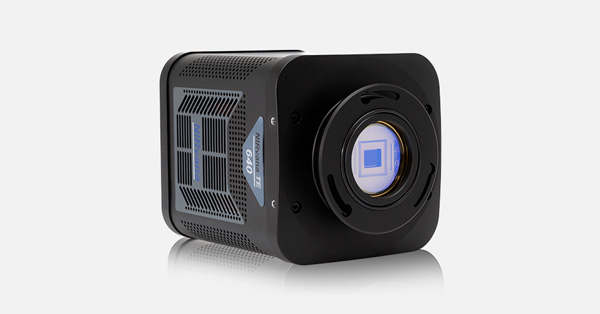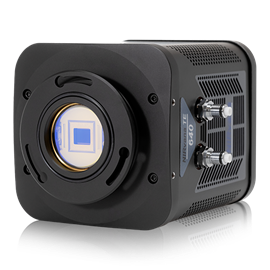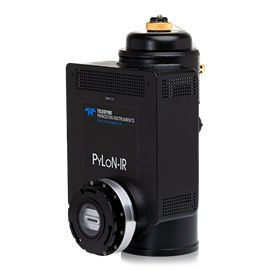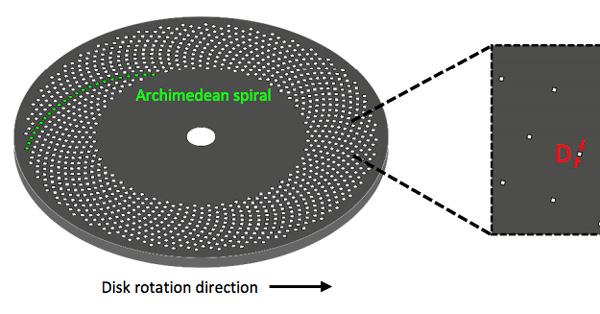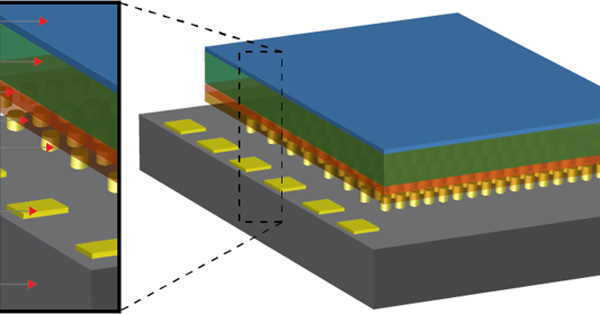Near-infrared (NIR) and shortwave infrared (SWIR) fluorescence is rapidly being used within medical and biological research as wavelengths in the NIR can penetrate soft tissue producing high resolution images of in vivo structures.
The second NIR window (NIR-II, 900 – 1700 nm) is of special interest as it is able to penetrate deeper into soft tissue with reduced scattering and less autofluorescence. This window also takes advantage of the water transparency window, a wavelength range in which water absorption is negligible (800 – 1400 nm).
NIR-II imaging relies on NIR-II emitting fluorophores, which are undetected by traditional silicon based sensors. The band gap within silicon sensors means there is a minimum amount of energy required to absorb a photon. The energy of NIR-II photons (or any above 1100 nm) is too low to produce this energy. Therefore InGaAs sensors are required.
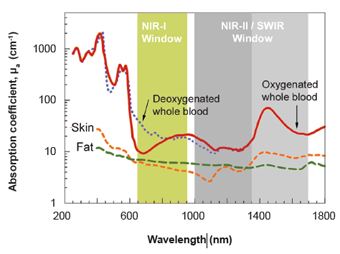
Resources from the Learning Center
View All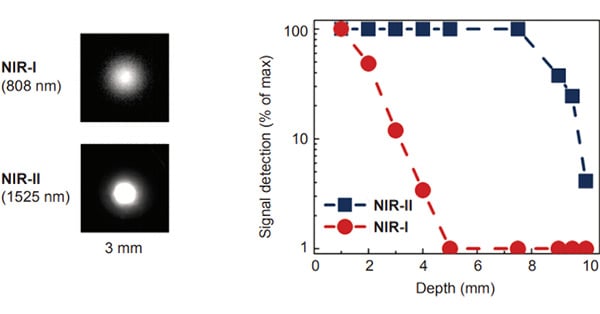
In Vivo Fluorescence Imaging in the NIR-II Spectral Region for Early Cancer Detection
Read the Story
Deep-Cooled InGaAs FPA Camera Enables High-Speed, High-Resolution In Vivo Imaging of SWIR-Emitting Quantum Dots
Read the Story
Scientific NIR-II / SWIR Cameras Enable Femtosecond Frequency Comb Vernier Spectroscopy
Read the Story